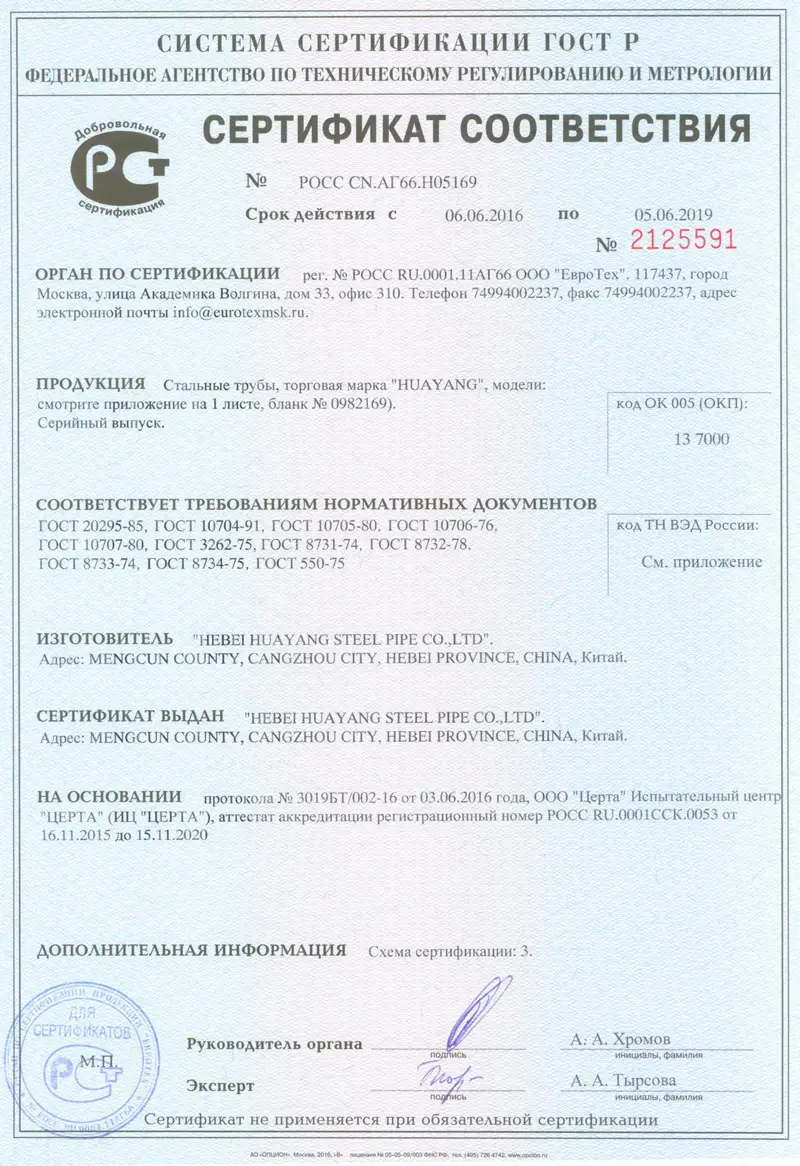
oct. . 13, 2024 16:31 Back to list
HPMC Applications in Modern Construction Techniques and Materials
The Role of HPMC in Construction Revolutionizing Building Materials
Hydroxypropyl Methylcellulose (HPMC) is a cellulose ether that has gained significant popularity in the construction industry due to its multifunctional properties. As an essential additive, HPMC plays a pivotal role in enhancing the performance of various construction materials, particularly in cement-based products like mortars and plasters. With the growing demand for sustainable and efficient building solutions, the importance of HPMC in construction continues to rise.
What is HPMC?
HPMC is a white, odorless, and tasteless powder that is soluble in cold water, forming a clear and viscous solution. It is derived from natural cellulose and modified through chemical processes, making it versatile for multiple applications. In construction, HPMC is primarily used as a thickening agent, water-retaining agent, and film-forming agent. Its unique properties allow it to improve workability, adhesion, and durability of construction materials.
Enhanced Workability
One of the most significant benefits of HPMC is its ability to enhance the workability of cementitious materials. When added to premixed mortars or plasters, HPMC improves the flow characteristics, allowing for easier application and manipulation. This is particularly advantageous for construction workers, as it reduces the effort required during the mixing and application processes. Improved workability also means that workers can achieve smoother finishes and better control over the material, leading to higher quality outcomes.
Water Retention Capabilities
Water retention is a critical factor in the performance of cement-based materials. HPMC effectively retains water within the mixture, preventing premature drying of the surface. This characteristic is vital during the curing process, as it allows for proper hydration of the cement, enhancing its strength and durability. Insufficient water retention can lead to cracking and reduced mechanical properties. By incorporating HPMC, contractors can ensure that the materials maintain optimal moisture levels, resulting in improved performance and longevity of the structures.
hpmc for construction

Improved Adhesion
Adhesion is another crucial aspect of construction materials, particularly when bonding tiles, bricks, or other elements. HPMC has excellent adhesive properties that enhance the bond strength between different substrates. This is especially beneficial for tile adhesives and wall plasters, as it ensures that the materials adhere properly to surfaces, reducing the risk of delamination or peeling over time. The use of HPMC can significantly increase the reliability of construction projects, providing long-lasting results that meet industry standards.
Resistance to Segregation
Segregation of components in mortars and concrete can lead to uneven curing and reduced structural integrity. HPMC helps mitigate this issue by improving the cohesion of the mixture. Its thickening properties contribute to a homogeneous blend, preventing the separation of aggregates and cement paste during application. This leads to a more uniform distribution of materials, resulting in enhanced mechanical properties and longevity of the structure.
Environmentally Friendly Considerations
With an increasing focus on sustainable construction practices, the use of HPMC aligns with the industry's desire to minimize environmental impact. As a product derived from natural cellulose, HPMC is biodegradable and contributes to the development of eco-friendly building materials. Furthermore, its effectiveness at enhancing product performance means that less material is required overall, leading to reduced waste and resource consumption.
Conclusion
The integration of Hydroxypropyl Methylcellulose in construction processes represents a significant advancement in material science. By enhancing workability, water retention, adhesion, and resistance to segregation, HPMC contributes to the efficiency and durability of construction projects. As more builders and contractors recognize the benefits of HPMC, its adoption will likely continue to grow, paving the way for innovative solutions in the ever-evolving landscape of the construction industry. The combination of functional performance and environmental sustainability positions HPMC as a key player in the development of advanced building materials for the future.
-
tile-bonding-additives-for-stronger-bonds
NewsAug.22,2025
-
construction-grade-rdp-for-wholesale-needs
NewsAug.22,2025
-
trusted-wholesale-hec-partners
NewsAug.22,2025
-
hec-solutions-for-industrial-excellence
NewsAug.22,2025
-
construction-additives-need-hpmc-essentials
NewsAug.22,2025
-
hpmc-versatile-cellulose-ether-for-industries
NewsAug.22,2025







